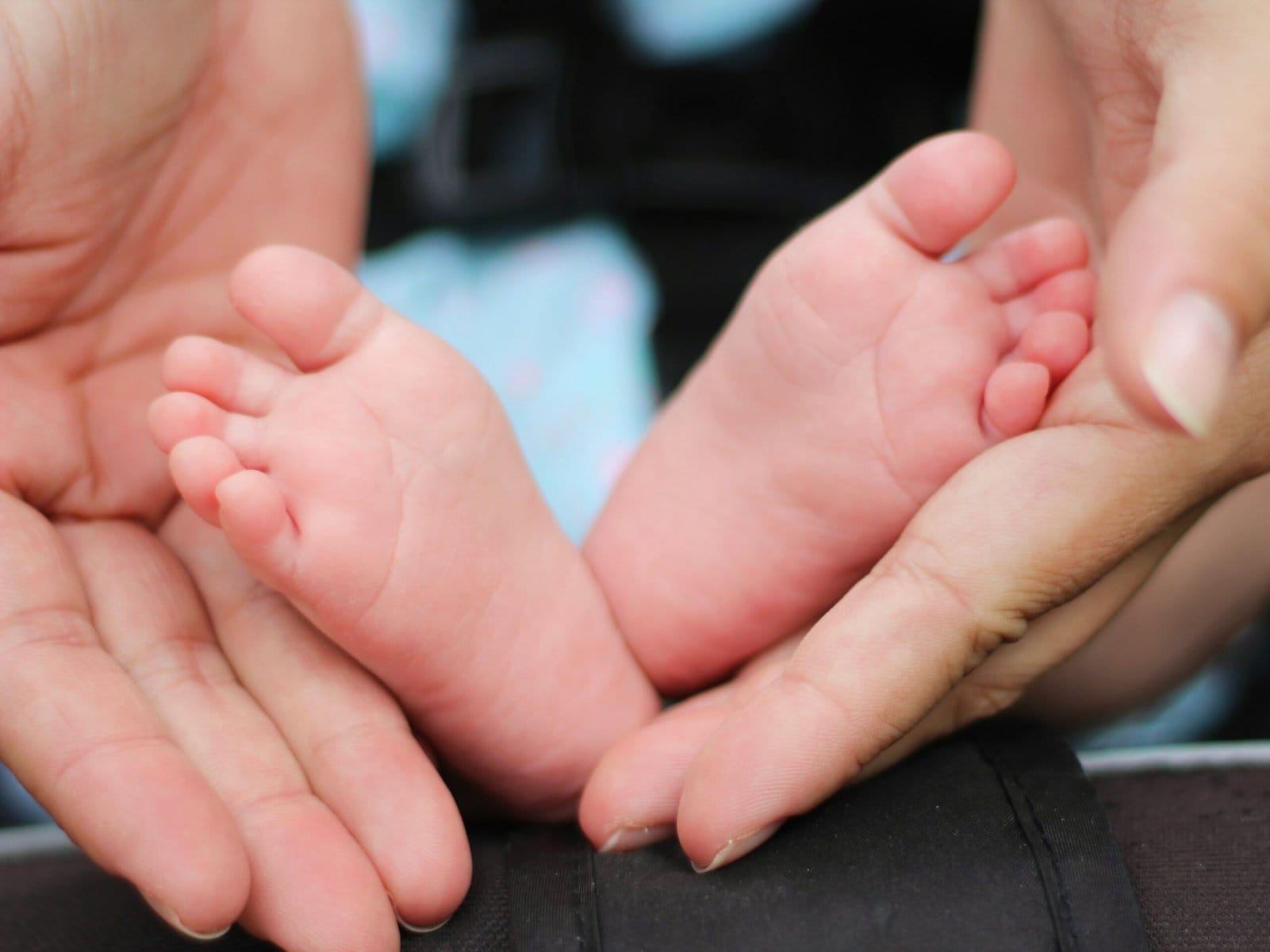Conformément au but initial du projet ainsi qu’à la recommandation de la Rapporteuse spéciale des Nations-Unies, la rédaction des Principes s’est concentrée sur la création de fondations d’un consensus mondial sur la protection effective des droits humains des enfants nés par recours à la maternité de substitution. Ces principes sont donc rédigés du point de vue des droits de ces enfants, au sein du paysage général des droits de l’homme.
Le premier projet de principes a été préparé par un groupe restreint d’experts, convoqué et coordonné par Mia Dambach au nom du SSI, et comprenant Claire Achmad, Nigel Cantwell, Patricia Fronek, Olga Khazova, John Pascoe, David Smolin, Katarina Trimmings, et Michael Wells-Greco. Ce groupe central est depuis sa mise en place responsable des révisions et ajustements réguliers du projet à la lumière des consultations élargies. Ces consultations ont impliqué un groupe plus large d’experts et d’observateurs comprenant le Comité des droits de l’enfant, des gouvernements, la HCCH, l’UNICEF, la Rapporteuse spéciale des Nations Unies sur la vente et l’exploitation sexuelle des enfants, des universitaires, et des praticiens de disciplines diverses, représentant toutes les régions du monde. Les expériences vécues par les personnes conçues par recours à un donneur/à la maternité de substitution ont également été sollicitées et obtenues. La prise en compte de ces contributions a notamment été assurée par la tenue de plusieurs consultations internationales, régionales et nationales depuis 2016, à Vérone, à Zurich, en Israël, à La Haye, au Cap, à Londres et à Genève, ainsi qu’au Cambodge (citées par ordre chronologique). D’autres consultations en Amérique et en Europe de l’Est étaient également prévues mais n’ont pu avoir lieu en raison de la pandémie de COVID-19. Il a néanmoins été possible d’inclure des contributions d’experts de ces régions dans le processus de rédaction.
Le SSI souhaite remercier chaleureusement tous ceux qui ont contribué et participé à la rédaction des Principes de Vérone. Le SSI espère que ces Principes fourniront des orientations utiles pour la protection des enfants dans le cadre de la maternité de substitution, accueillant les différents efforts pour s’assurer que les droits de l’homme soient respectés dans ce domaine.
Actuellement disponibles en anglais et portugais, les Principes seront par la suite traduits vers le français et l’espagnol, ainsi que d’autres langues sur demande.




